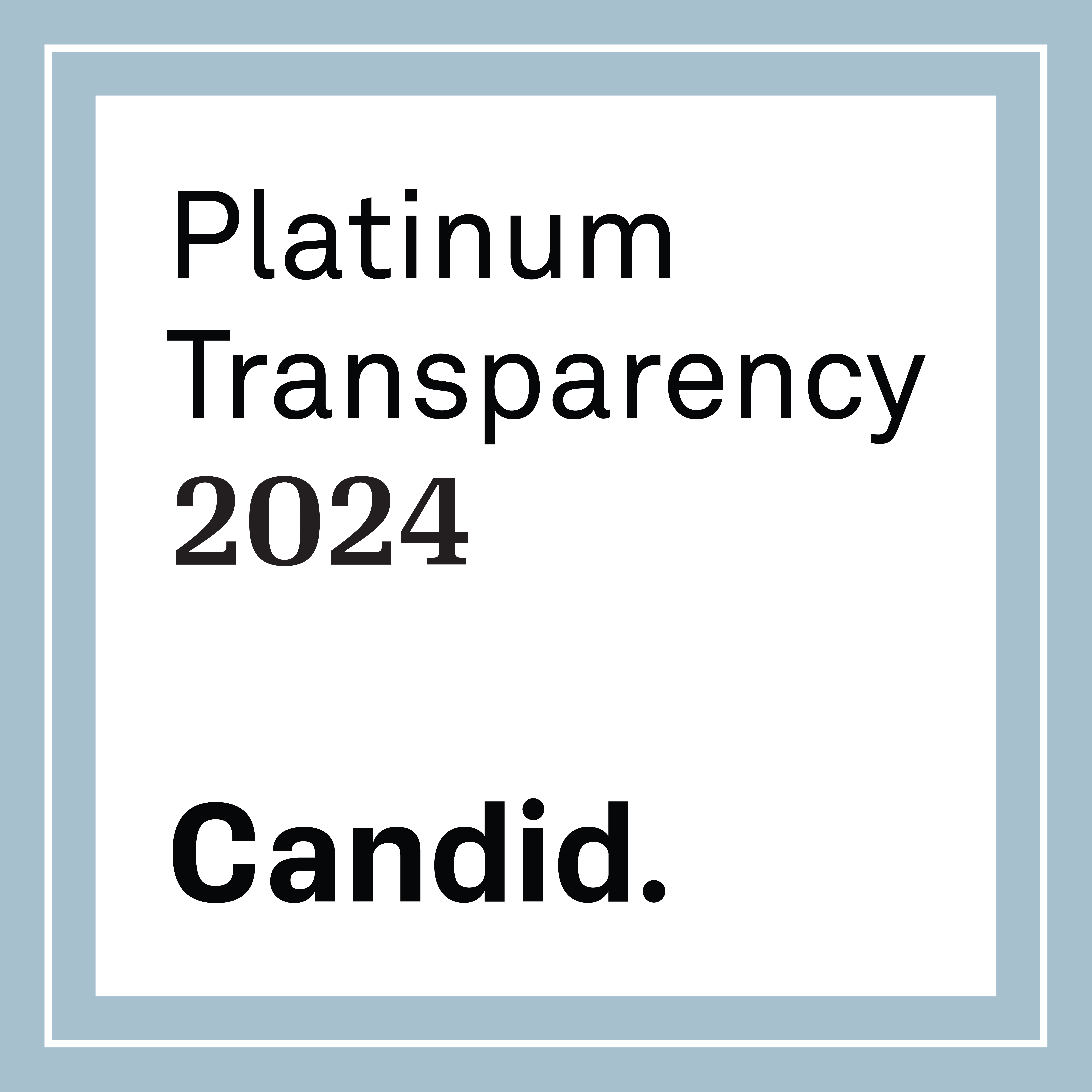Written By: Christie A.
Human Trafficking is a widely talked about topic. Because of this, we are seeing a rise in misinformation that causes already unseen victims to remain invisible. They are being hidden behind additional layers of politics, debate and sensationalism. Human Trafficking is a very real, global problem hurting at-risk communities. This is why SOS is committed to our 4 areas of impact:
Food, Water, Rescue and Community Development. We recognize that without addressing all 4 areas, the vulnerabilities that fuel the supply of girls being trafficked will continue.
Trafficking looks different all over the world, and our team must be equipped to navigate misinformation and politics as we seek to help those who are affected by trafficking. With this in mind, we want to arm you with some questions and strategies to use when you encounter new situations.
Our approach to navigating misinformation and sensationalism centers around our victim-centric, trauma-informed approach to care. Whether it be rumors of Wayfair selling girls in containers, zip ties on a door handle as a sign of impending doom or a politically spun event, good questions will help you navigate the world of misinformation.
1. What are the facts?
Start with google. Plug in whatever information or news you have and start looking at the sources of information that come up. If it is in fact a real issue you will tend to find many respectable sources of information offering similar facts. We search for a healthy balance of law enforcement, news outlets on both the right and left side of politics as well as NGOs speaking about it.
If it’s a topic related to trafficking (Like CSEC or Grooming) look for subject matter experts. A few of our trusted sources are Polaris, the State Department’s TIP (trafficking in persons) report, The UNODC, National Center for Missing and Exploited Children, Alliance for Freedom, Restoration and Justice (AFRJ), and Love 146.
If it’s a case of suspected local trafficking, reach out to the National Human Trafficking Hotline. Additionally, most local police departments have a Human Trafficking Task Force that you reach on the non-emergency line and they are a GREAT RESOURCE!
2. What does a survivor say? Is there a voice present from the population affected?
Once you validate the facts, look for the voice of the survivor. We want to cut through the commentary to hear what the person directly affected has to say. From there you can navigate questions about the political nature of the issue. It helps to look at both the right and the left to see what similarities and differences you find. For us, we then apply a victim-centric approach that asks questions about how we can best help those affected. If you haven’t looked into trauma-informed, victim-centric approaches it is a good thing to educate yourself about, as we believe it’s an important component of care.
3. Is it a trusted organization?
As you work to navigate the world of anti-human trafficking organizations you will also find that they don’t always make as much information available online. While this can make people wary, it is because of the need for organizations to protect their staff, survivors and people in their programs.
Here are some insider tips on what we look for: find their most recent 990s and Annual Reports to see how they spend funds. Look for independent audits and accreditation seals and look at information they are putting out about their projects. We want to see reassuring information that doesn’t compromise the safety of the girls in the program or disclose too much information about sensitive locations. We get just as nervous if we find too much info online, as if we find too little.
These three questions form the foundation of a filter that allows you to navigate misinformation. It takes time for academic papers, research, and legal cases to bring about reforms and publish statistics. Over time, we work to validate findings, and support those findings with outside research and best practices. It is also very helpful to remember that all rescues must be done in tandem with law enforcement. If we encounter news of a rescue separate from local law enforcement, it raises many alarm bells. If a rescue attempt is made without proper law enforcement and government departments (CPS, Women and Child Welfare…) then the person rescuing could be liable of trafficking.
To learn more about the myths, facts and statistics around Human Trafficking, click here.
Learn more about:
Who Traffickers Target
The Internet & Human Trafficking
Modern Trafficking







